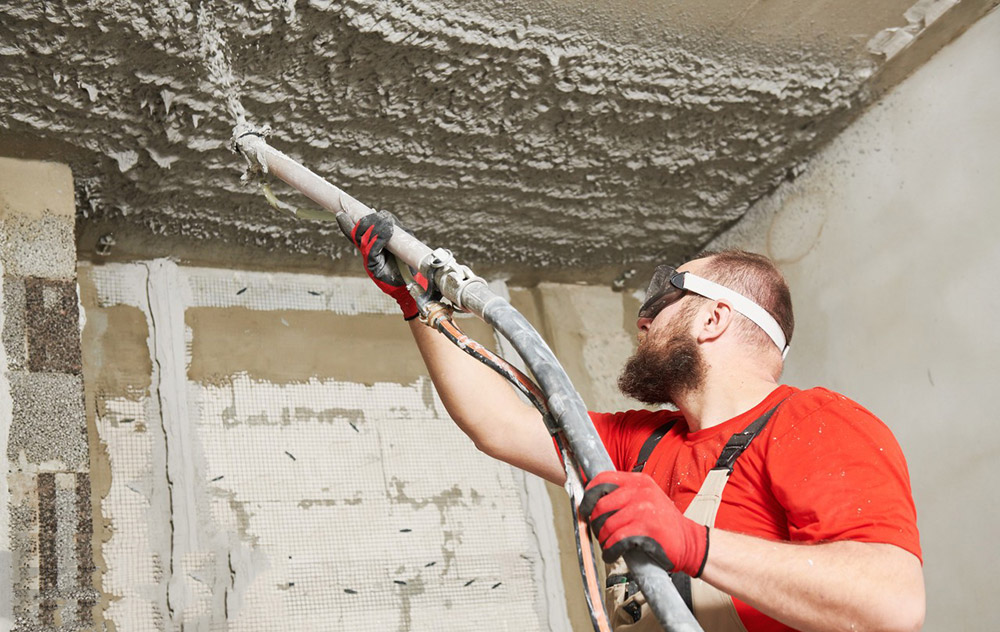-

The Formulator’s Dilemma: A Practical Guide to Choosing Between HPMC and HEMC for Drymix Mortar
In the intricate world of drymix mortar formulation, every ingredient plays a pivotal role. Among them, cellulose ethers stand as the cornerstone, dictating everything from water retention and workability to final strength. For formulators and engineers, the choice often...Read more -
.jpg)
How long does it take for mortar to dry?
What is mortar? Mortar is a type of bonding agent used by bricklayers and stonemasons in the construction industry. It is made by mixing a certain proportion of sand and binding materials (such as cement, lime putty, clay, and other chemical additives etc.) with water. ...Read more -
.jpg)
Do you know about tile adhesive? Here comes the knowledge base
Tile adhesive is a new modern decoration material used for attaching ceramic tiles, facing tiles, floor tiles, and other decorative materials. Tile adhesive contains a variety of additives, specifically those that enhance its functionality. Typically, tile adhesives cont...Read more -

What are the applications of hydroxypropyl methyl cellulose in mechanically sprayed mortar?
In ready-mixed spraying mortar, the content of HPMCE is very low, but it can improve the performance of wet mortar, and it is the main additive that affects the performance of mortar. Reasonable selection of cellulose ether with different varie...Read more -
.jpg)
How to improve the bonding strength and flexibility of putty and reduce its water absorption?
To improve the bonding strength, flexibility and reduce water absorption of putty, you can refer to the following methods: 1. Improve bonding strength Optimize the amount of cementitious materials used: The recommended cement content for interi...Read more -

What effects does HPMC have on wet-mixed mortar?
Soluble hydroxypropyl methyl cellulose (HPMC) is a kind of non-ionic cellulose ether, which is made from natural polymer cellulose through a series of chemical processing. Hypromellose (HPMC) is a white powder that dissolves in cold water to form a transparent, viscous s...Read more -

What influence does the dosage of redispersible polymer powder have on the bonding strength and water resistance of putty?
As the main adhesive of putty, the amount of redispersible polymer powder has an effect on the bonding strength of putty. Figure 1 shows the relationship between the amount of redispersible polymer powder and the bond strength. As can ...Read more -

How does hydroxypropyl methyl cellulose (HPMC) used in detergents?
The hydroxypropyl methyl cellulose is a Methyl cellulose propanediol ether, in which hydroxypropyl and methyl groups are bound by ether bonds to cellulose's anhydrous glucose ring. It is a non-ionic cellulose ether and is easily dispersed in cold water, the solution can ...Read more -

How to use cellulose ether in masonry and plastering mortars?
It is summarized that hydroxypropyl methyl cellulose has many properties, such as thickening, water retention, reinforcement, crack resistance, abrasion resistance, etc. . It can improve various physical and chemical properties of mortar and improve durability of mortar....Read more -

What are the functions of redispersible polymer powder in tile adhesive?
Redispersible polymer powder and other inorganic adhesives (such as cement, slaked lime, gypsum, clay, etc.) and various aggregates, fillers and other additives (such as cellulose, starch ether, wood fiber, etc.) are mixed physically to make dry mortar. When the dry mort...Read more -

HPMC used in self-leveling mortar
The use of ready-mixed mortar is an effective means to improve project quality and civilized construction level; The promotion and application of ready-mixed mortar is conducive to the comprehensive utilization of resources, and is an important measure for sustainable de...Read more -
.jpg)
How do cellulose ethers and redispersible polymer powders interact to enhance mortar performance?
Cellulose ethers (HEC, HPMC, MC, etc.) and redispersible polymer powders (typically based on VAE, acrylates, etc.) are two crucial additives in mortars, especially dry-mix mortars. They each possess unique functions, and through clever synergistic effects, they significa...Read more





